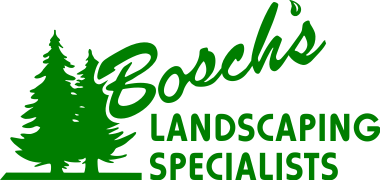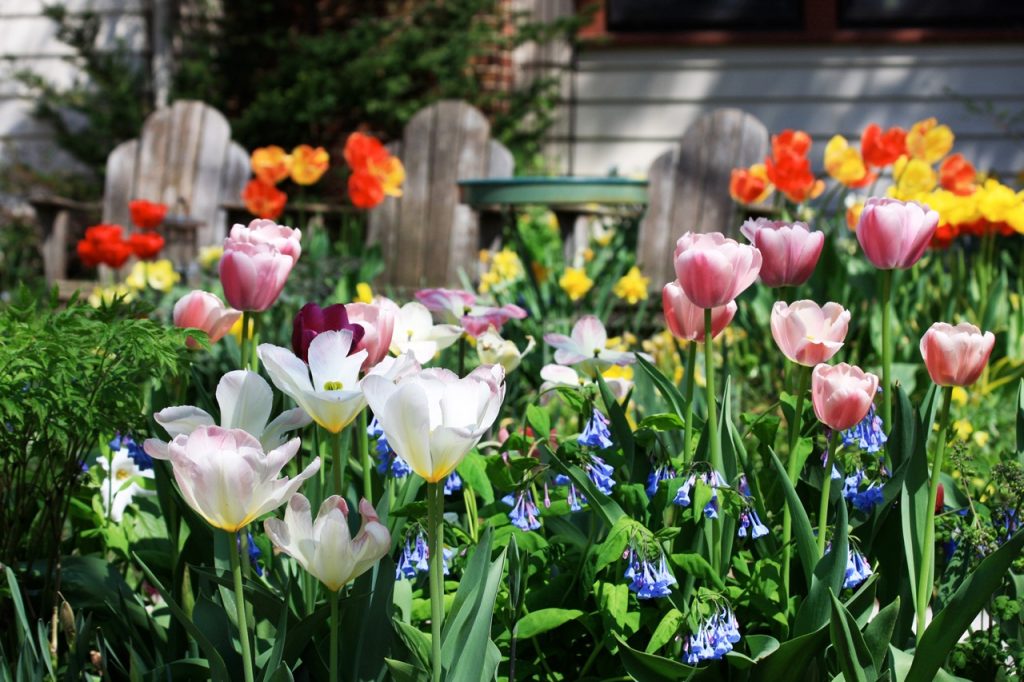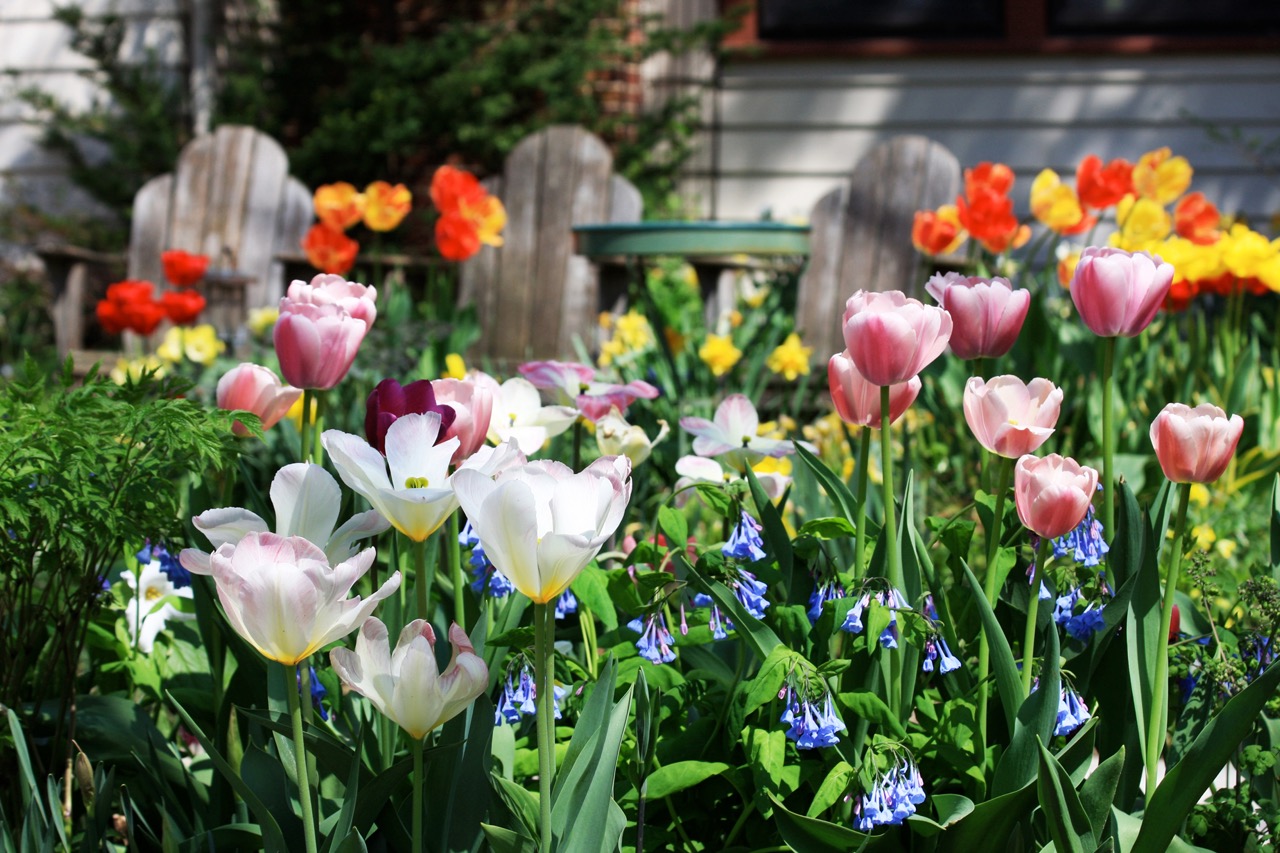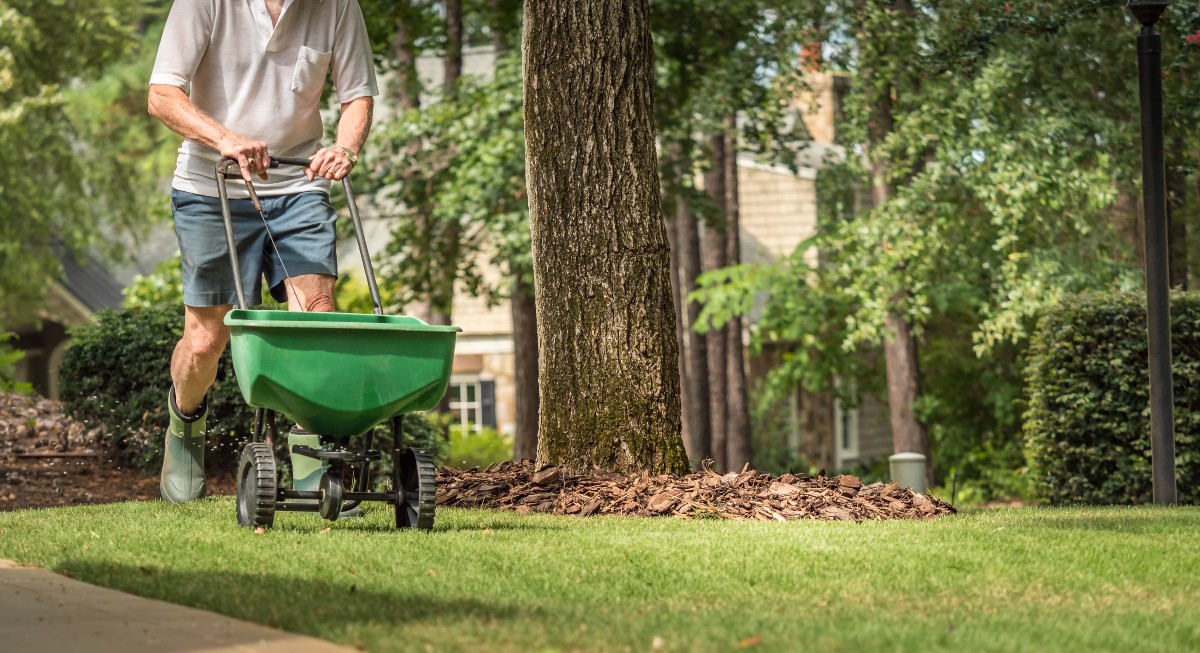At Bosch’s Landscaping & Lawn Specialties, we believe that flowers are nature’s paintbrush, adding vibrant hues and delicate beauty to any landscape. Our expert team is passionate about incorporating flowers into your outdoor space to create a truly enchanting garden that reflects your unique vision and style. Whether you prefer the classic charm of perennials or the ever-changing palette of annuals, we are here to turn your landscape into a breathtaking masterpiece.
Your garden is a canvas waiting to be painted with nature’s most exquisite creations, and we are here to bring that vision to life. With years of experience, unmatched expertise, and a deep love for the art of landscaping, we take pride in transforming ordinary spaces into mesmerizing outdoor sanctuaries that evoke joy, tranquility, and harmony.
Annuals and Perennials
Discover the magic of both annual and perennial flowers in your landscape. Annuals, with their quick growth and abundant blooms, are perfect for injecting seasonal bursts of color and freshness. Our vast selection of annuals allows you to change your garden’s appearance year after year, creating dynamic displays that reflect the changing seasons.
On the other hand, perennials offer enduring beauty, returning year after year and establishing a strong foundation for a low-maintenance, long-lasting garden. Our knowledgeable team will help you choose the perfect combination of annuals and perennials to ensure your garden remains a captivating oasis throughout the year.
With our expertise in plant selection and thoughtful design, we ensure that your garden blooms with life in every season. Picture the brilliant blooms of tulips and daffodils in spring, followed by the cheerful hues of petunias and marigolds in summer. As autumn approaches, watch as asters and chrysanthemums paint your landscape in warm and inviting tones. And even in the depths of winter, evergreen perennials like hellebores and heather will grace your garden with their handsome presence.
Sunlight and Water
Understanding your landscape’s sunlight and water requirements is essential to the success of your flower garden. Our experts take into account the unique microclimates of your property to recommend flowers that thrive in your specific environment. Whether you have a sunny and dry spot or a shady and moist area, we have a wide array of flowers that will flourish and make your garden bloom with life.
We design your garden with meticulous attention to detail, ensuring that each flower is placed in the ideal location to maximize its potential. Our team carefully considers factors like sun exposure, soil type, and water availability to create a garden that is not just visually stunning but also sustainable and easy to maintain.

Native and Non-Native
Embrace the beauty of nature by incorporating native flowers that naturally thrive in your region. Native flowers not only add ecological value by supporting local pollinators and wildlife but also require less maintenance. If you desire a more diverse and exotic garden, we offer an enticing selection of non-native flowers that can harmoniously blend with the native flora while bringing a touch of global allure to your landscape. Our team can help you strike the perfect balance between native and non-native flowers to create a stunning and sustainable garden.
By integrating native plants, we create a living tapestry that not only celebrates the unique beauty of your area but also contributes to its ecological health. Native flowers have evolved to adapt to the local climate, making them hardy and resilient. They require less water and minimal care, reducing the environmental impact of your garden while promoting biodiversity.
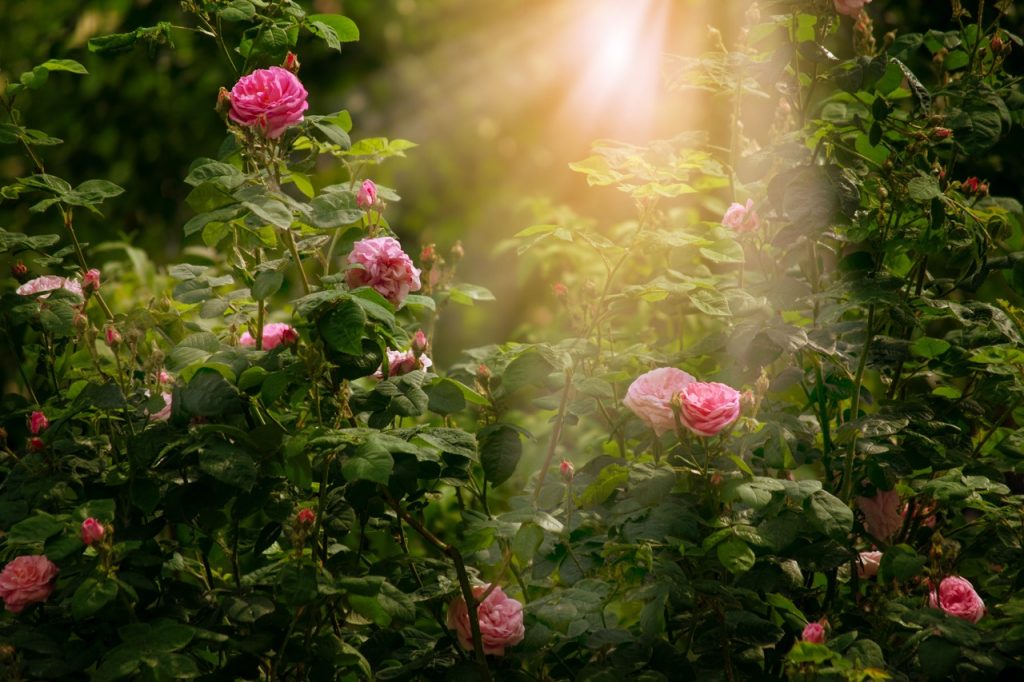
Your Garden Can Be What You Want It To Be
We firmly believe that your garden should be a reflection of your personality and preferences. Our team works closely with you to understand your vision, lifestyle, and gardening goals. Whether you seek a peaceful sanctuary to unwind, a lively space for outdoor gatherings, or a breathtaking showcase of colors and scents, we tailor our flower selections and designs to bring your dream garden to life.
As expert landscape designers, we know that the layout, flow, and selection of flowers play a significant role in shaping the atmosphere of your garden. We collaborate with you to create a garden that resonates with your heart and soul, where every flower is thoughtfully placed to complement the overall design. For more information, or to talk about landscaping options with one of our professionals, please give Bosch’s Landscape and Lawn Specialties a call today at (616) 399-6861. Our estimates are free!
Immersive Themes
We specialize in crafting gardens that tell a story. From traditional English gardens with elegant roses and cascading wisteria to whimsical cottage gardens with cheerful daisies and lavender, we can transport you to different worlds with our immersive themes. Experience the magic of stepping into a Mediterranean courtyard adorned with vibrant bougainvillea, or let the sweet fragrance of cherry blossoms transport you to the streets of Tokyo in springtime. Your garden can be a living testament to your favorite destinations and experiences.
Tailored Color Palettes
Colors have the power to evoke emotions and create moods. Our designers skillfully blend hues and textures to create a captivating color palette that reflects your aesthetic preferences. Whether you crave a garden filled with soft pastels and romantic pinks or prefer bold and vivid splashes of red and orange, we have the perfect flowers to paint your landscape in the desired shades.
Year-Round Interest
A well-designed flower garden should captivate your senses throughout the year. We strategically select flowers that bloom at different times, ensuring that your garden has a continuous cycle of interest and beauty. From early spring bulbs to summer perennials, and from the rich colors of fall foliage to the subtle textures of winter evergreens, your garden will be a source of delight every season.
Enhancing Outdoor Living
Your garden is not just a visual feast; it is an extension of your living space. We incorporate seating areas, pergolas, and winding pathways to encourage exploration and relaxation within your garden. Imagine sipping your morning coffee surrounded by the gentle fragrance of blooming lilies or hosting an alfresco dinner party amidst a sea of dancing fireflies. Your garden will become a place where cherished memories are made and shared with loved ones.
Environmental Considerations
In addition to providing you with a garden that reflects your personality, we are also mindful of the environment. Sustainable landscaping practices are at the core of our philosophy. We incorporate water-saving techniques, such as drip irrigation and rainwater harvesting, to ensure efficient water usage. Moreover, by integrating native plants, we support local ecosystems and minimize the need for excessive maintenance and chemical interventions.
Maintenance and Care
Once your dream garden is in place, we offer comprehensive maintenance and care services to keep it thriving and looking its best year-round. Our skilled horticulturists provide regular pruning, fertilization, and pest control, ensuring that your flower garden remains a flourishing paradise. We take the guesswork out of gardening, allowing you to simply enjoy the beauty and tranquility of your outdoor space without worrying about its upkeep.
At Bosch’s Landscaping & Lawn Specialties, we bring decades of expertise and a passion for flowers to create landscapes that inspire and delight. Let the magic of flowers transform your outdoor space into an enchanting haven. Our team is eager to embark on this botanical journey with you, crafting a garden that speaks to your heart and soul, a place where cherished memories are made and the beauty of nature is embraced.
Transform your landscape into a symphony of colors and scents with Bosch’s Landscaping & Lawn Specialties. Your garden awaits!
